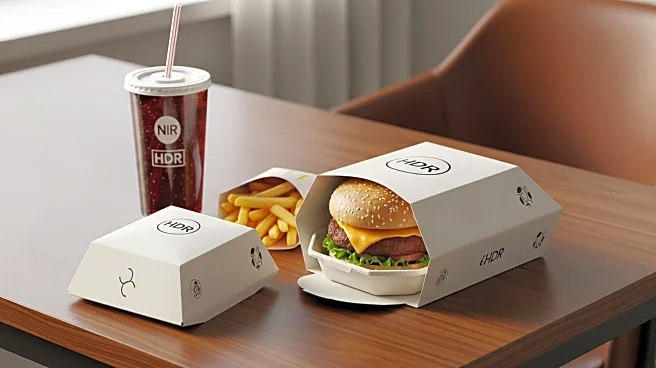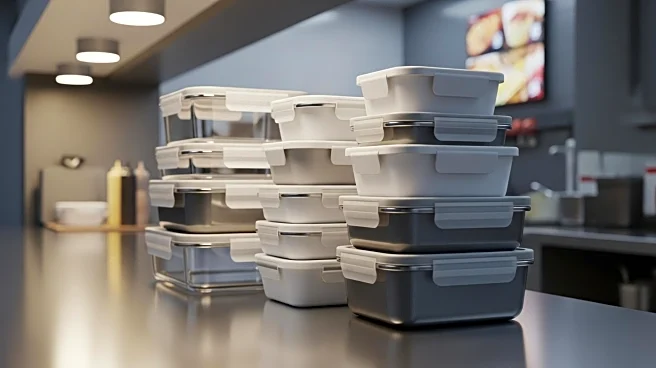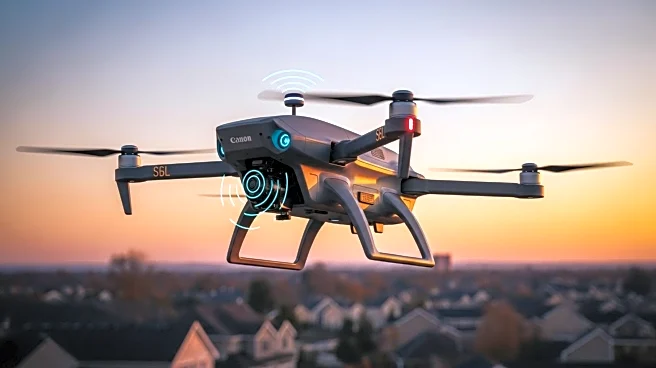What's Happening?
The fast-food industry is shifting towards reusable packaging models, driven by sustainability mandates and consumer preferences for eco-friendly dining. According to Persistence Market Research, the global fast-food reusable packaging market is projected to grow from $17.21 billion in 2023 to $33.96 billion by 2030. This growth is fueled by regulatory pressures to reduce single-use plastics and the adoption of circular economy initiatives. Major chains are implementing pilot programs to test reusable packaging systems, which involve cleaning and reintroducing packaging to reduce waste and operational costs.
Why It's Important?
The move towards reusable packaging in the fast-food industry represents a significant shift in addressing environmental concerns and regulatory mandates. This transition not only reduces plastic waste but also aligns with corporate sustainability goals, enhancing brand image and compliance with evolving legislation. The adoption of reusable packaging models could lead to long-term cost savings and operational efficiencies, positioning companies as leaders in sustainability. This trend reflects broader circular economy goals, creating shared value for businesses, consumers, and ecosystems.
What's Next?
The fast-food industry is expected to continue expanding reusable packaging systems, with Europe leading the way due to early legislative action against single-use plastics. Technology-driven tracking systems are enhancing packaging return rates and operational efficiency. As consumer expectations evolve, sustainability-linked branding and circular economy alignment will become critical differentiators, shaping investment and strategic direction through 2030. The industry will likely see increased collaboration between packaging innovators, logistics firms, and restaurant chains to support circular operations.












